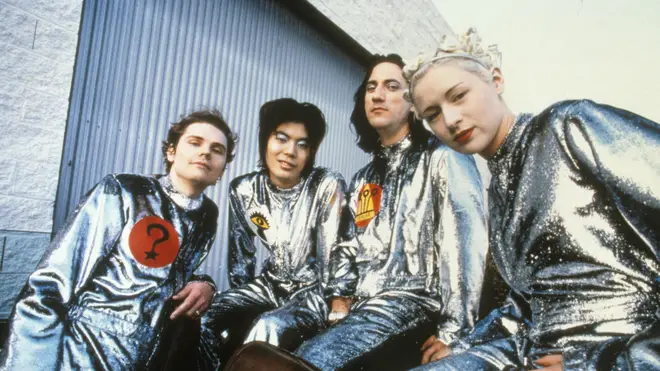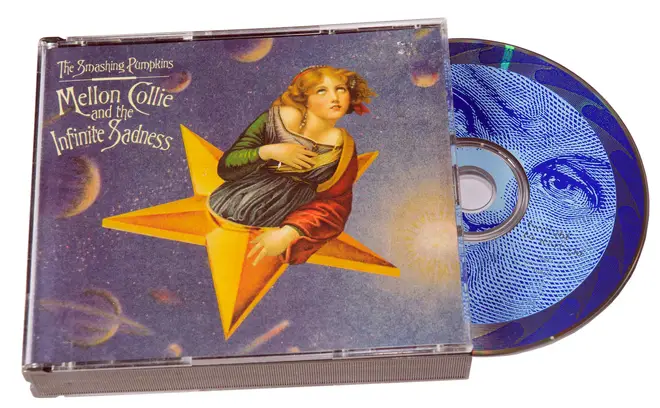On Air Now
The Evening Show with Dan O'Connell 7pm - 10pm
23 October 2024, 16:00

How Billy Corgan evoked a sense of wistful nostalgia on this track from Mellon Collie & The Infinite Sadness.
Smashing Pumpkins released their landmark album Mellon Collie And The Infinite Sadness on 23rd October 1995.
The double album included the likes of Bullet With Butterfly Wings, Tonight Tonight and Thirty-Three and was a commercial and critical success, making Billy Corgan and co one of the prominent alternative bands of the 90s.
Nothing seems to evoke the decade more than the album's 1979 single- a dreamy loop and sample-ridden track that was quite uncharacteristic of the band's style at the time.
The track and its nostalgic video has been an alt ear worm since it was released, but what makes the year 1979 so special anyway?
Find out a bit more about the track and the reason for its title here.
READ MORE: What do the kids on Smashing Pumpkins' Siamese Dream look like?

1979 was the second single to be taken from Smashing Pumpkins third album and it was released on 23 January 1996.
Written by Smashing Pumpkins' frontman Billy Corgan the song was entitled 1979 because it was the year that Corgan was 12.
If you're wondering what was so significant about that age, it was the year that the rocker - who was born on 17 March 1967 - considered to be his transition into adolescence.

The Smashing Pumpkins - 1979 (Official Video)
If the song didn't feel like enough of a nostalgic, coming-of-age tale than its video would have taken you there.
Directed by the team of Jonathan Dayton and Valerie Faris, the promo sees suburban teens drive around a Dodge Charger and is interspersed with shots of the frontman as well as the other band members who play roles within the video.

Corgan is quoted as being very happy with the finished article and described it as being the closest to realising everything they ever wanted.
And it seemed the critics and fans agreed. The song received two GRAMMY nods for Record of the Year and Best Rock Performance by a Duo or Group with Vocal, while its accompanying video won the MTV Video Music Award for Best Alternative Video in 1996.
If Corgan's purpose in writing 1979 was to create a nostalgic ode to adolescence which would stand the test of time, then we'd have to call it mission accomplished.